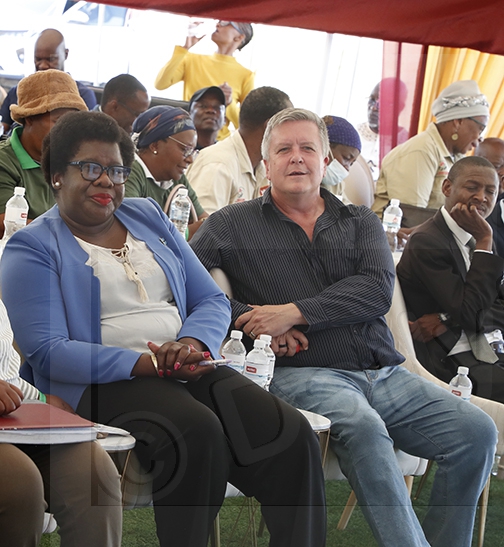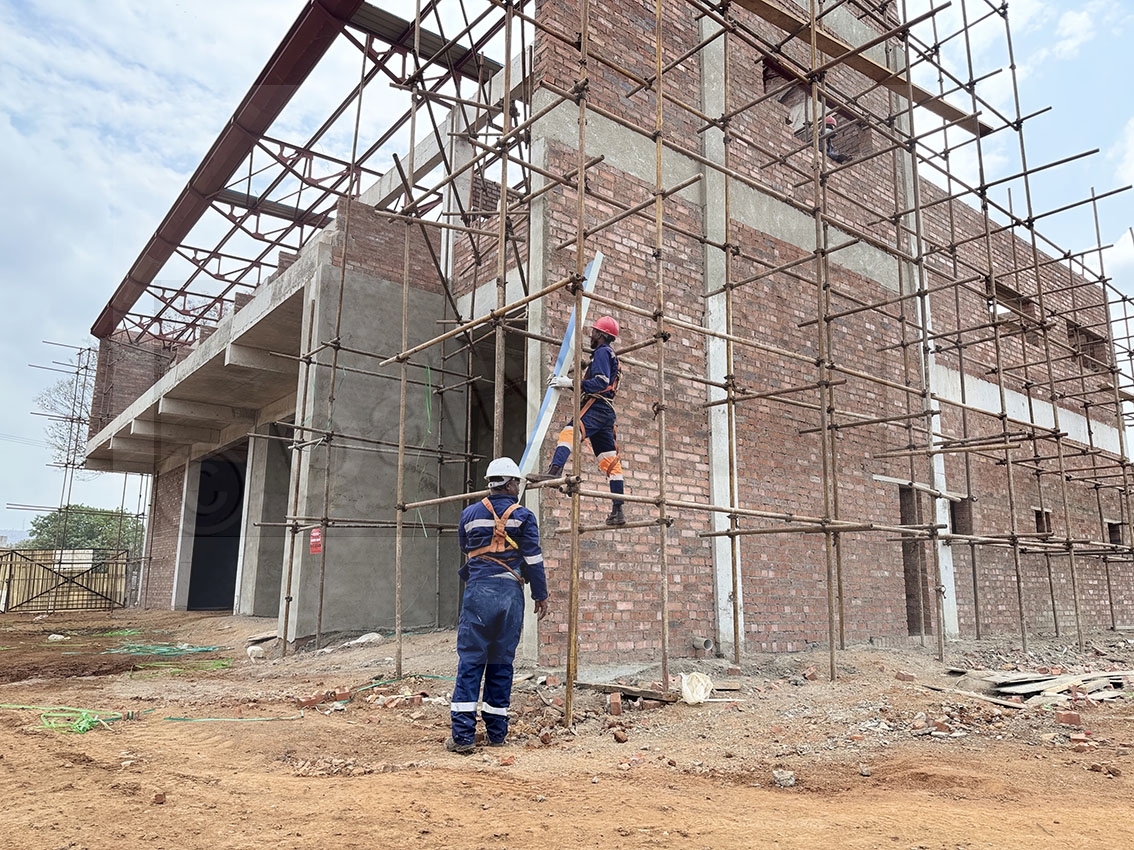Collaboration key in wildlife livestock human co-existence
05 Dec 2024
Climate change, disease outbreaks and competition for resources are significant pressures driving conflict between wildlife, livestock and local communities in northern Botswana, says a Cultural Anthropology Researcher from Germany, Dr Wisse van Engelen.
Dr Van Engelen was giving a presentation on erection of the Southern Buffalo Fence, disease control, wildlife conservation and rural livelihoods in the Okavango Delta, during a workshop organised by Okavango Research Institute (ORI) in Maun recently.
He said challenges such as resource competition and climate change required collective collaboration amongst all key stakeholders.
Dr Van Engelen further said the clash between wildlife and livestock had an impact on local communities, adding that initiatives such as fencing and strategic grazing reduced the conflicts.
He also highlighted that while fencing was initially designed to prevent the spread of diseases and interactions between wildlife and livestock, it had also limited local communities’ access to vital land, water sources and other natural resources.
Meanwhile, in an interview on the sideline of the workshop, ORI Disease Ecologist, Dr Nlingisisi Babayani said the workshop brought experts in the region to stimulate a discussion on the role of the wildlife-livestock interface in shaping multispecies encounters.
He said the interfaces described the point of interaction between wildlife and livestock and, indirectly, human beings.
“Through this meeting, we want to figure out how the interfaces come about in northern Botswana, what effects do the various interfaces have on wildlife, livestock, people and their inter-relations. Who gains and who loses,” he added.
Furthermore, he said they wanted to also figure out how the interfaces were currently reconfigured as part of the various spatial developments and how the different interfaces shaped the possibilities for wildlife-livestock co-existence.
Dr Babayani further said the wildlife-livestock interfaces were crucial sites of intervention and management.
Interfaces, he said, had different types noting that some were open, patchy, buffered and fenced while some were focal interfaces like boreholes, dams.
Participants at the workshop also learnt that in northern Botswana, various arrangements of the wildlife-livestock interfaces could be found as the Ngamiland and Chobe districts, which were home to large populations of both wildlife and livestock animals, and communal land commonly borders on wildlife management areas, game reserves and national parks.
They also learnt that the wildlife-livestock interface was open or patchy, whereas in others, boreholes and other water sources constitute focal sites of encounter.
The gathering further learnt that importantly, in many places, fences were erected to separate the two types of animals (both for sanitary and conservation purposes) and that bush clearing for tsetse control in the past and other developments today arranged the wildlife-livestock interfaces in the form of buffer zones.
They were informed that in some areas, the strategy of herding livestock constituted an important way in which the wildlife-livestock was arranged.
The workshop brought together practitioners and scholars in the field of conservation to discuss issues of livestock-wildlife interfaces in northern Botswana. Ends
Source : BOPA
Author : Esther Mmolai
Location : Maun
Event : Presentation
Date : 05 Dec 2024






